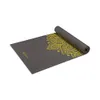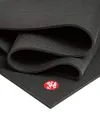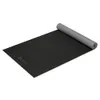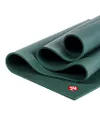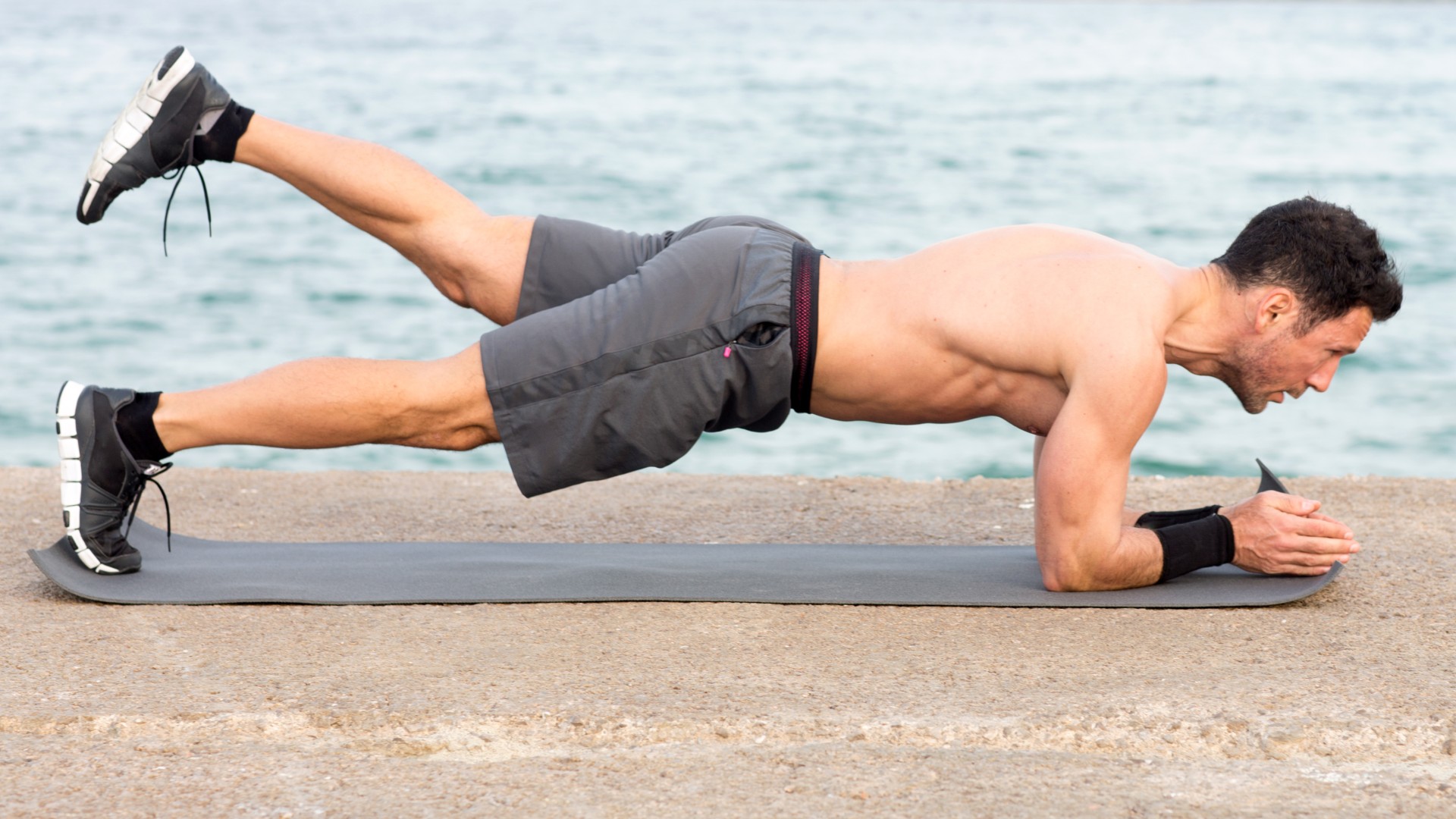
The commando plank — moving from high to low plank and back again — is a shoulder and core exercise I love to program, but I haven’t tried army crawl planks in a while, so why not give them some attention for a week?
Similar by name but not so much by nature, the army crawl plank involves moving with one forearm at a time while stepping forward with the opposite leg, much like crawling along the floor army-style, but in a plank position.
I programmed 50 reps a day for a week into my routine, here’s what I learned about my core and shoulder strength.
What muscles do army crawl planks work?
The primary muscles in action are the anterior deltoids (fronts of the shoulders), upper pecs, biceps, triceps, glutes, quads, hamstrings and calves, along with various core muscles like the rectus abdominis (muscles that run along the front of your stomach), transverse abdominis (stabilizing muscles that sit beneath them) and obliques.
Other stabilizers at work are the hip flexors and erector spinae muscles (muscles that hug your spine), and unlike the standard plank, your oblique muscles work harder as you draw your leg forward and walk from the plank position.
To isolate your upper body and send more focus to your shoulders, place both feet on a towel or sliders and crawl using just your forearms, much like the alligator drag.
How to do the army crawl plank
- Start in a forearm plank position and brace your core, glutes and shoulders
- Ensure your shoulders are stacked over your elbows and your hips align with your shoulders
- Walk your right forearm forward as you bend your left knee and step your left leg forward, just wide of your left elbow
- Stay low to the ground and avoid sending your hips upward
- Rest on the ball of your left foot
- Pause, then repeat with your left arm and right leg
- Either continue forward or switch between moving forward and backward.
Here’s what happened when I dialed into the exercise and challenged myself to 50 reps daily for one week to practice my technique and test my core strength.
You need space
First, clear some space if you plan to try this exercise at home. I’d also recommend exercising on a soft surface rather than rock-solid wooden floors. One of the best yoga mats is ideal, but equally, grass, a gym floor, or similar could work.
I modified the exercise to crawl forward and backward, which tested my ability to stabilize and coordinate the left and right sides of my body as I worked; it felt more challenging trying to back it up and reverse in a plank position, but also solved the issue of living in a tiny city apartment.
It's an accessible core workout
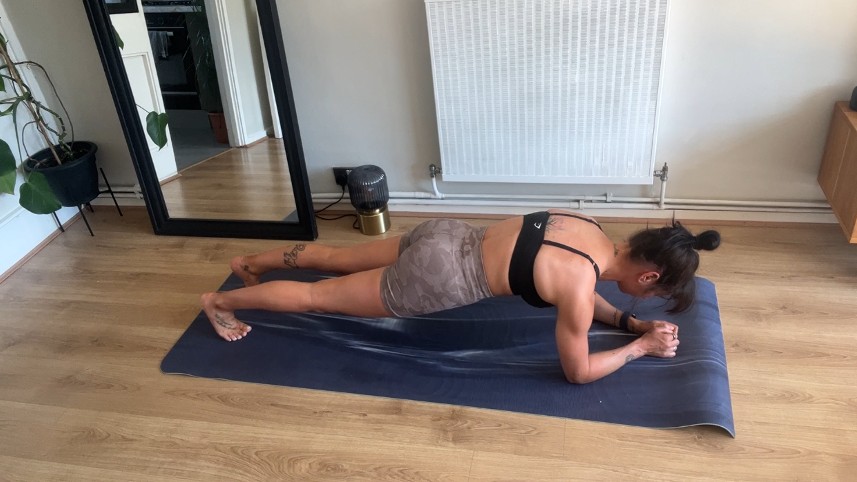
The army crawl plank is a bodyweight exercise and one of the best plank variations for building stronger shoulders and core muscles. You’re more likely to find the exercise crop up in bootcamp-style classes than traditional strength training.
If you enjoy calisthenics (a type of bodyweight training), the army crawl — and its plank alternative — are great additions to ramp up cardio, build endurance, engage your entire body and strengthen your upper body.
Calisthenics also happens to be a functional form of exercise, meaning movements typically look like ones you'd do in every day life. Sure, as adults, we probably don't crawl around as much as we used to, but it's fun to do and improves your ability to move naturally.
The plank crawl builds stability
We know that to build maximal strength, the body must learn to lift heavier weights. For example, to reach your one-rep max (the most you can lift) for the bench press, you’d need to progressively increase the load you lift over time, working on fewer reps and more sets as you do to increase strength levels.
There’s a misconception that you can’t build strength if you’re not lifting heavy, but working with your body weight is one of the best ways to improve your relative strength — strength relative to body size. Think gymnasts and many athletes who deal with moving their body weight extremely well.
Primal, animalistic, calisthenic-style movements are brilliant methods for building healthy and strong joints, muscles, bones and ligaments without weights. Besides, these types of exercises build stability, balance and coordination, too.
A week isn’t enough time for this process (it takes months), but I love how challenging the army plank crawl is. I could feel all my muscles and joints working hard and I felt genuinely wiped after 50 reps each day. I can see why bootcamp instructors program it.
It’s tough to keep your form
By the end of the week, this plank variation had wiped the floor with me. Not only did my body work extremely hard across the reps, but there’s a lot to think about while performing the army crawl plank — you need to keep your butt low and stomach braced — and you need an existing amount of lower body mobility to maintain the position while stepping one leg forward at a time.
If you struggle to push with your arms and legs together, there could be some tightness or weakness in your hips or shoulders. I like to include some hip stretches for tight hip flexors in my routine before starting the exercise to help loosen things up.
Overall, I loved practicing the core exercise and challenging my upper body in new ways, and I can already see myself programming this one in for some of my clients.
Does crawling build abs?
In short, it can contribute, but that doesn’t mean you’ll sculpt a six-pack.
Any exercise that activates and strengthens your core muscles can help you build abs, but muscle isn’t easy to grow. If you’ve ever tried to grow plants in a garden, you’ll know various stimuli are required for success — you might need ample sunlight, plenty of water and certain foods, for example. Plants can be tricky and slow to respond, just like muscle fibers.
The human body is the same — your diet, how much protein you eat, exercise consistency and the type of exercises you do all matter. And even when you begin to grow muscle, that doesn’t mean you can see it. The amount of muscle you build versus how much body fat you have will mostly determine muscle definition.
More from Tom's Guide
- I did a 5-minute plank every day for a week — here’s what happened to my abs
- I'm a personal trainer — this one bodyweight compound exercise sculpts your core without weights
- Forget sit-ups — you only need 15 minutes and 8 moves to build a stronger core and improve your posture
Sign up to get the BEST of Tom's Guide direct to your inbox.
Get instant access to breaking news, the hottest reviews, great deals and helpful tips.

Sam Hopes is a level 3 qualified trainer, level 2 reiki practitioner and senior fitness writer at Tom's Guide. She is also currently undertaking her Yoga For Athletes training course. Sam has written for various fitness brands and websites over the years and has experience across brands at Future such as Live Science, Fit&Well, Coach, and T3.
Having worked with fitness studios like F45 and Virgin Active, Sam now primarily teaches outdoor bootcamps, bodyweight, calisthenics and kettlebells. She also coaches mobility and stretching-focused classes several times a week and believes that true strength comes from a holistic approach to training your body.
Sam has completed two mixed doubles Hyrox competitions in London and the Netherlands and finished her first doubles attempt in 1:11.
